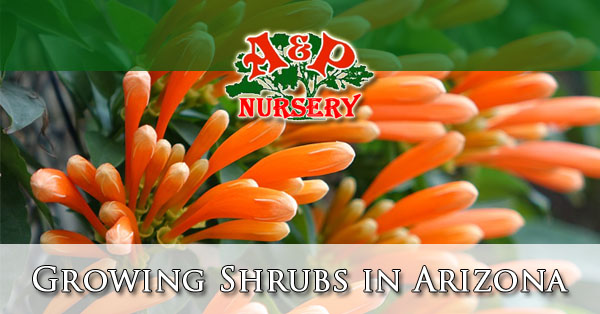
If you are searching “Growing Shrubs in Arizona” you are probably looking for the types of shrubs that grow well in state of Arizona or you are wondering how to best use them for your landscape. Well laid out designs utilize shrubs to provide a backdrop for featured plants and incorporate flowering shrubs as focal points.
Types of Shrubs To Plant
There are a lot of different kinds of shrubs to choose from. Some do better than others in Arizona and cope with the heat. With the right attention and care most types of shrubs can be grown successfully in the state, so we have chosen to highlight a selection that is geared well for easier care. These shrub options include incredibly vibrant coloring flowers and will provide excellent visual interest to your landscape.
Chuparosa
 The Chuparosa is a native to the desert and grows well in the heat of Arizona. This plant grows well in full sun and when mature will grow to about 4 feet high and 4 feet wide. The Chuparosa flowers bloom in the late winter to spring and vary in color from red to orange. The plant has great landscaping benefits as it doesn’t drop litter, is pool friendly, and attracts wildlife.
The Chuparosa is a native to the desert and grows well in the heat of Arizona. This plant grows well in full sun and when mature will grow to about 4 feet high and 4 feet wide. The Chuparosa flowers bloom in the late winter to spring and vary in color from red to orange. The plant has great landscaping benefits as it doesn’t drop litter, is pool friendly, and attracts wildlife.
Firecracker Bush
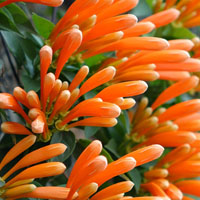 The Firecracker Bush puts a bang in your landscape of vibrant summer color. The red orange flowers of this shrub grow well in full or partial sun. The shrub will grow to about 4 feet high and 4 feet wide with medium green foliage. This option has no thorns and only has a low natural litter from pedals and leaves. This bush also attracts wildlife with the brightly colored flowers and is sure to impress.
The Firecracker Bush puts a bang in your landscape of vibrant summer color. The red orange flowers of this shrub grow well in full or partial sun. The shrub will grow to about 4 feet high and 4 feet wide with medium green foliage. This option has no thorns and only has a low natural litter from pedals and leaves. This bush also attracts wildlife with the brightly colored flowers and is sure to impress.
Flame Honeysuckle
 The Flame Honeysuckle is a favorite with landscapers as it has incredibly vibrant color and incredible hardiness for cooler weather. This hardiness makes it a great option for the areas of Arizona which experience below freezing temperatures. The bright red-orange flowers emerge in summer and late fall and are great for attracting wildlife. The size of a full grown Flame Honeysuckle is about 3 feet high by 4 feet wide.
The Flame Honeysuckle is a favorite with landscapers as it has incredibly vibrant color and incredible hardiness for cooler weather. This hardiness makes it a great option for the areas of Arizona which experience below freezing temperatures. The bright red-orange flowers emerge in summer and late fall and are great for attracting wildlife. The size of a full grown Flame Honeysuckle is about 3 feet high by 4 feet wide.
Langman’s Sage
 The Langman’s Sage features incredibly pretty lavender flowers that grow dense on its branches. The plant grows well in both full and reflected sun and weathers cold well, down to 10°F. This great burst of color and great hardiness make it a favorite for areas of Arizona that experience colder weather. The shrub grows to about 5 feet high by 5 feet wide and blooms out in summer and fall. This shrub is pool friendly with very little natural litter.
The Langman’s Sage features incredibly pretty lavender flowers that grow dense on its branches. The plant grows well in both full and reflected sun and weathers cold well, down to 10°F. This great burst of color and great hardiness make it a favorite for areas of Arizona that experience colder weather. The shrub grows to about 5 feet high by 5 feet wide and blooms out in summer and fall. This shrub is pool friendly with very little natural litter.
Shrubby Senna
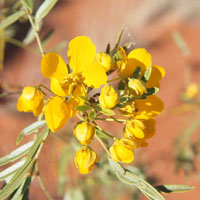 The Shrubby Senna enjoys full sun to grow in but also has incredible hardiness and can endure down to 10°F. This shrub will grow to about 4 feet high and about 6 feet in width. Flowering occurs in summer and features incredibly vibrant yellow blooms. This shrub does not have thorns and also attracts wildlife to your landscape.
The Shrubby Senna enjoys full sun to grow in but also has incredible hardiness and can endure down to 10°F. This shrub will grow to about 4 feet high and about 6 feet in width. Flowering occurs in summer and features incredibly vibrant yellow blooms. This shrub does not have thorns and also attracts wildlife to your landscape.
Planting Your Shrubs
Once you have the shrubs picked out for your landscape at your local shrub nursery you just have to get the home and get them in the ground. Most nurseries have shrub planting services or can help arrange professional landscaping companies to come and plant your shrubs. Many gardeners and property owners also enjoy doing this work themselves. Here is a quick over view of how to plant your shrub yourself.
Planning The Area
Shrubs tend to grow to about 4 or 5 feet wide. Plan your landscape and garden for the full mature size of your shrubs and don’t get them too close to structures or other plants.
Dig The Holes
The hole should be dug about 2 or 3 times the width of the root ball. This allows the roots to spread out easier and grow properly. The depth of the hole should be the same as the height of the root ball.
Plant Your Shrub
Take the shrub out of the pot or burlap sack and inspect your root ball. Generally while growing in pots the roots will be compressed against the sides of the pot. If the shrub has its roots bound up too tightly you can use a knife or pruners to loosen and divide the roots. Once you have done this you can set the shrub in the hole so that the top of the root ball is level with the surrounding dirt. Return all of the soil which was in the hole and gently press the soil to help gets rid of air pockets.
Early Watering for Shrubs
This is one of the most important steps in planting new plants and shrubs. You need to water the plant immediately after you have the soil back in the ground around your new shrub. This minimizes the shock the plant experiences and helps ensure it is hydrated.
Add Mulch
Mulch helps plants grow all over the country and does so in Arizona. We tend to use it a little differently as we have a different kind of soil. In Arizona it is usually best to use mulch as a 2 inch layer on top of the soil rather than included in the soil. This layer helps retain water and makes the plant more drought resistant. Click here: For more information about Improving Clay Soil in Arizona.
Caring For Your Shrubs
Once your shrubs are in the ground you will want to continue to care for and protect your investment. Shrubs will provide amazing landscaping value and bursts of color when cared for properly. Follow the guidelines below or contact your local nursery for more information.
Watering
If you have chosen low water use desert shrubs you will be able to use less water and easier plant care. Watering should be done so that it covers a radius around the plant which extends about a foot wider than the canopy of the plant.
Shrub Watering Guide
There are four seasons with drastically different temperatures which affects how much water is appropriate. Many plants also hibernate in winter and require less water. We will outline watering for shrubs for all 4 seasons below.

- Spring – Every 3 to 6 weeks
- Summer – Every 2 to 4 weeks
- Fall – Every 3 to 6 weeks
- Winter – Every 5 to 7 weeks
All watering should be increased in times of extreme heat or extended drought. These guidelines are for desert adapted plants. Shrubs that are not acclimated or native to the desert will require more frequent watering. Soil probes can be used to gauge when to water. If your probe only will penetrate about 4 inches of soil, it is time to water.
East Phoenix Valley Shrub Nursery
If you are looking for shrubs that are sure to thrive in the desert, choose those that were are grown here to begin with. A&P Nursery grows their stock right here in the valley, so you can bet that the plants are already accustomed to the heat, soil, and dry conditions that are naturally found in the Phoenix valley.
We have 4 locations that are in Mesa, Gilbert, and Queen Creek, Arizona. We have the shrubs, soil, tools, and expert staff which will make it easy to plan your landscape, get everything planted, and care for it properly. Contact us by phone today or stop by one of our locations.
A & P Nursery
40370 N. Gantzel Rd.
Queen Creek, AZ 85240
480-655-5789
A & P Nursery
2645 W. Baseline Rd.
Mesa, Arizona 85202
480-839-5362
A & P Nursery
6129 E. Brown Rd.
Mesa, Arizona 85205
480-396-8800
A & P Nursery &
Lawnmower Shop
2601 E. Baseline Rd.
Gilbert, Arizona 85234
480-892-7939
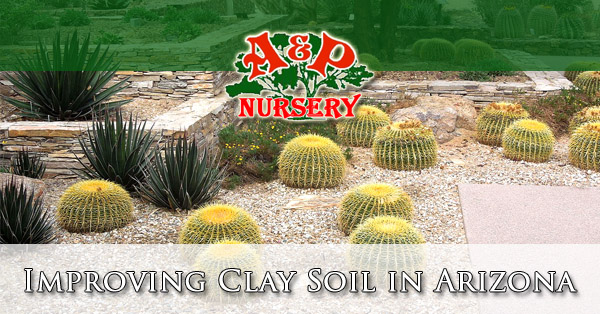
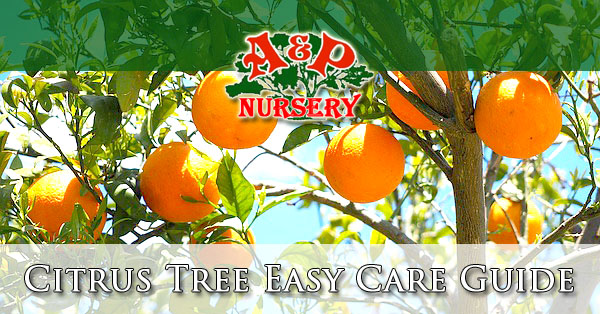

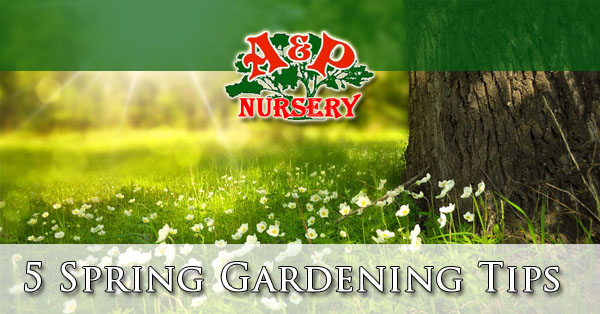













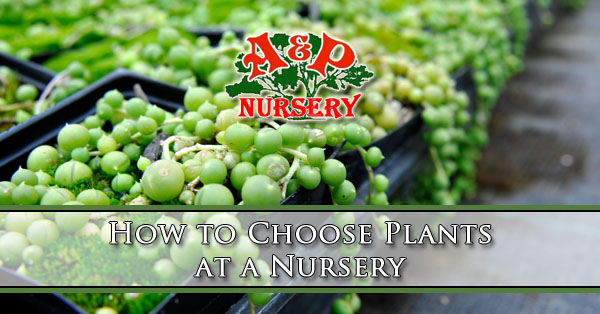
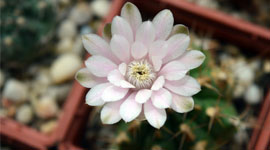 These smaller plants start life and grow in containers and continue to grow in progressively larger containers. Some container plants are pretty expensive as there is cost involved in investing in larger and larger containers as the plants grow through the years of maturing. A good example of this is the dwarf conifer, they are notoriously slow to grow. It takes several years for them to grow big enough to be sold.
These smaller plants start life and grow in containers and continue to grow in progressively larger containers. Some container plants are pretty expensive as there is cost involved in investing in larger and larger containers as the plants grow through the years of maturing. A good example of this is the dwarf conifer, they are notoriously slow to grow. It takes several years for them to grow big enough to be sold.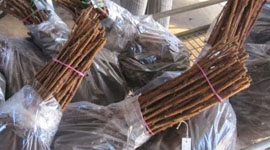 During the cooler parts of the year nurseries offer bare-root plants, such as roses or lilacs. This is the time of year where they won’t begin to grow before being planted. Some nurseries keep bare-root plants in suspended animation by keeping them in cold storage. Being able to purchase your bare-root plants at your local nursery does help avoid fungal diseases that can cripple your plants.
During the cooler parts of the year nurseries offer bare-root plants, such as roses or lilacs. This is the time of year where they won’t begin to grow before being planted. Some nurseries keep bare-root plants in suspended animation by keeping them in cold storage. Being able to purchase your bare-root plants at your local nursery does help avoid fungal diseases that can cripple your plants.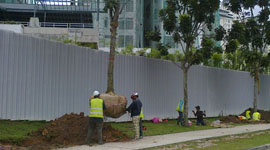 Nurseries typically grow shrubs and trees in fields where the plants are able to grow to larger sizes and are easier to maintain. The stock grown in the field needs to be dug up in winter and early spring while the plants are dormant. After they are dug up the larger plants get the roots wrapped in burlap and twine. The largest trees many times also end up having metal cages used. Large trees that are for sale at nurseries lose a portion of their roots when dug up and package, but this is the only way to get a larger specimen.
Nurseries typically grow shrubs and trees in fields where the plants are able to grow to larger sizes and are easier to maintain. The stock grown in the field needs to be dug up in winter and early spring while the plants are dormant. After they are dug up the larger plants get the roots wrapped in burlap and twine. The largest trees many times also end up having metal cages used. Large trees that are for sale at nurseries lose a portion of their roots when dug up and package, but this is the only way to get a larger specimen.






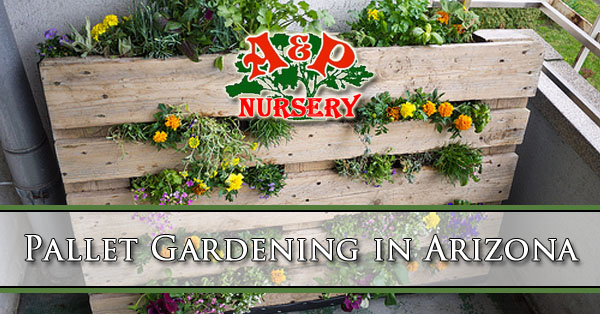
 Vertical pallet planters are great for smaller patio areas. They provide enough space for the soil to sit securely between the slats and don’t take up much room on your patio. Having a place to grow flowers or decorative plants while living in apartments, makes for a nice touch of life, green, and color when your plants are growing or in bloom.
Vertical pallet planters are great for smaller patio areas. They provide enough space for the soil to sit securely between the slats and don’t take up much room on your patio. Having a place to grow flowers or decorative plants while living in apartments, makes for a nice touch of life, green, and color when your plants are growing or in bloom.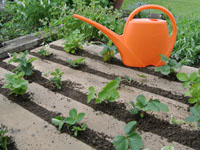 Horizontal pallet planters are designed to be similar to a raised garden bed. They are covered on the bottom and sides to hold the soil inside and allow plants to grow through the gaps in the wood, or slats. This can be a great option for people who want to be able to move their garden.
Horizontal pallet planters are designed to be similar to a raised garden bed. They are covered on the bottom and sides to hold the soil inside and allow plants to grow through the gaps in the wood, or slats. This can be a great option for people who want to be able to move their garden.






